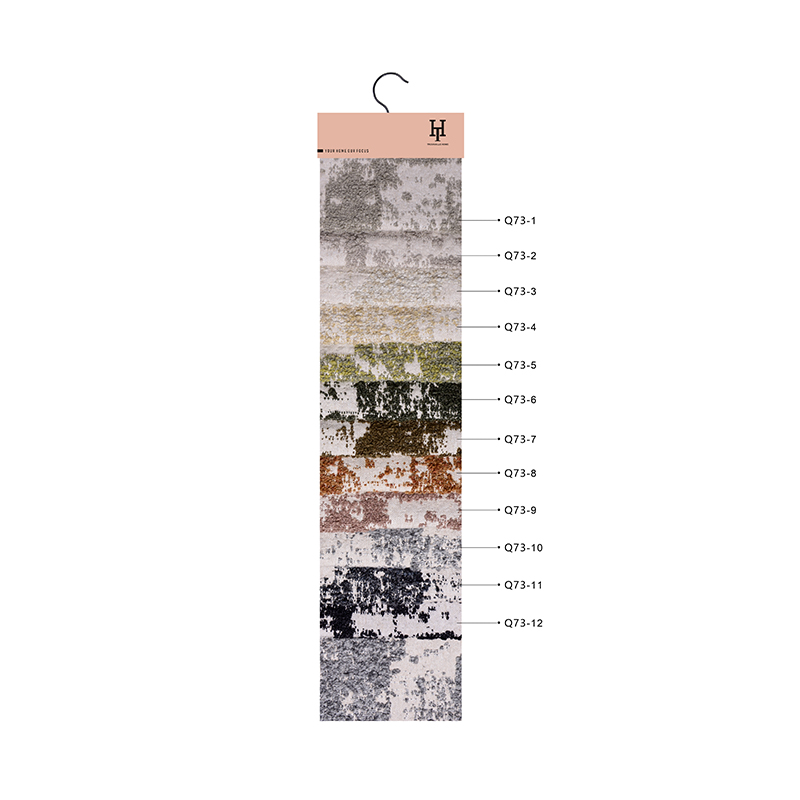Hygroscopicity of textile fabrics: profound impact on clothing performance and comfort
Among the many attributes of clothing, hygroscopicity is a crucial factor. It is not only directly related to the wearing experience of clothing, but also profoundly affects the overall performance of clothing. The hygroscopicity of textile fabrics, simply put, is the ability of the fabric to absorb and retain moisture. This characteristic plays an irreplaceable role in regulating the human body's microclimate, keeping skin dry, and improving wearing comfort.
Hygroscopicity and human body microclimate regulation
The human body will continuously produce sweat during daily activities, especially during high temperature, high humidity or strenuous exercise, the amount of sweat secretion will increase significantly. If clothing fabrics do not have good hygroscopicity, sweat will accumulate on the skin surface, forming a humid environment, causing physical discomfort and even skin problems. Textile fabrics with good hygroscopicity, such as pure cotton, linen and other natural fiber fabrics, can quickly absorb and disperse sweat, take away body surface heat through evaporation, effectively reduce skin temperature, and keep the body dry and comfortable. This ability to regulate microclimate is one of the indispensable characteristics of high-quality clothing fabrics.
Hygroscopicity and wearing comfort
Wearing comfort is one of the important indicators to measure the quality of clothing, and hygroscopicity is a key factor affecting wearing comfort. Textile fabrics with good hygroscopicity can reduce the accumulation of sweat on the skin surface and avoid discomfort caused by moisture. Secondly, when the textile fabric absorbs sweat, the gaps between its fibers are partially filled, helping to form an air layer and improving the warmth retention performance of the clothing. This automatic temperature adjustment function allows clothing to maintain a suitable wearing experience in different environments. In addition, fabrics with good hygroscopicity usually have good softness and skin-friendly properties, which can reduce friction and irritation with the skin, further improving wearing comfort.
Hygroscopicity and garment durability
Although hygroscopicity mainly affects the wearing experience and performance of clothing, it also affects the durability of clothing to a certain extent. If salt, sebum and other substances in sweat remain on fabrics for a long time, they may cause damage to fibers and accelerate the aging and wear of textile fabrics. Textile fabrics with good hygroscopicity can discharge sweat in time, reducing the residue of these harmful substances on the fabric, thereby extending the service life of clothing.
Realization and selection of hygroscopicity
The hygroscopicity of textile fabrics mainly depends on its fiber composition and structure. Natural fibers such as cotton, linen, silk, etc. usually have good hygroscopicity because they contain hydrophilic groups that can form hydrogen bonds with water molecules, thereby absorbing and retaining moisture. Synthetic fibers such as polyester, nylon, etc. are relatively poor. Their molecular structures are relatively tight and difficult to combine with water molecules. However, with the advancement of textile technology, many synthetic fibers have also improved their hygroscopic properties through modification.
When choosing clothing, consumers should choose appropriate textile fabrics based on their own needs and wearing environment. For occasions that require high moisture absorption, such as sports and outdoor activities, it is recommended to choose natural fiber fabrics such as pure cotton and linen or specially treated synthetic fiber fabrics. For daily wear, you can choose fabrics with different moisture absorption properties according to personal preferences and seasonal changes.
The hygroscopicity of textile fabrics has a profound impact on the performance and comfort of clothing. It is not only one of the important indicators to measure the quality of clothing, but also a key factor in improving the wearing experience. Therefore, when selecting and designing clothing, the hygroscopic properties of the fabric should be fully considered to meet the needs and expectations of different consumers.




















